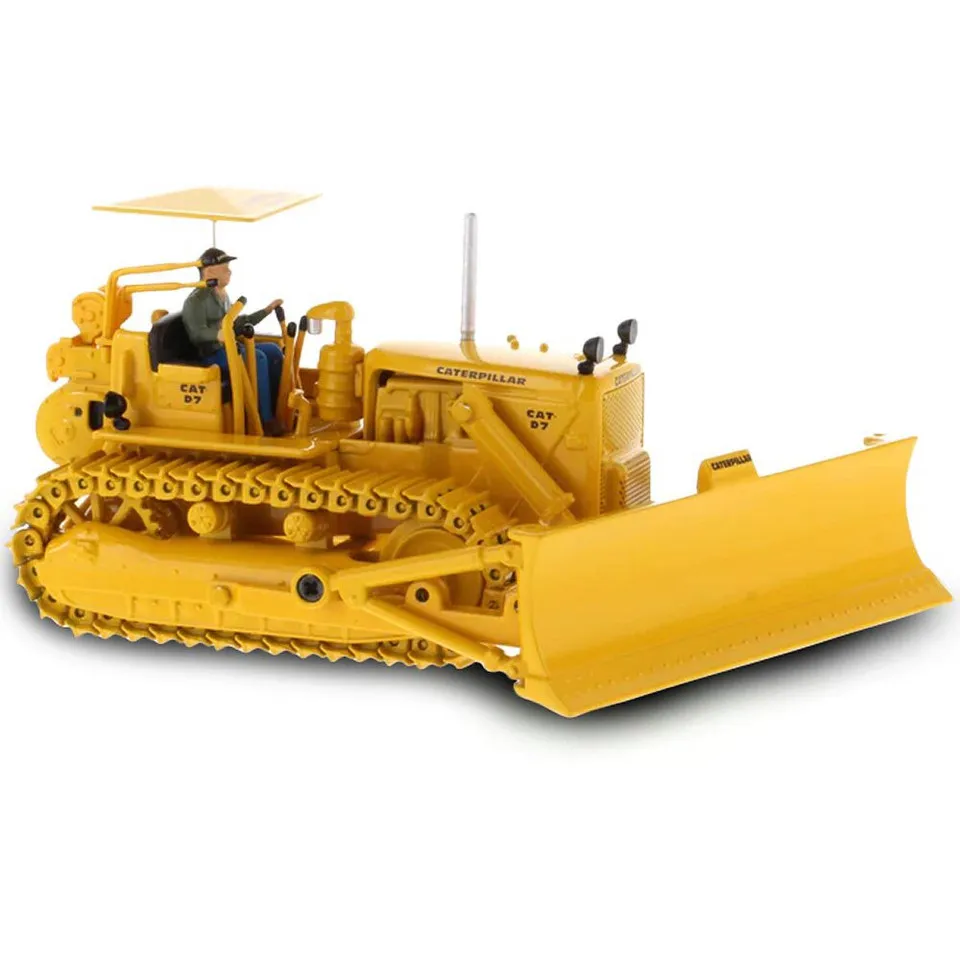Construction Diecast Models Top 7 Features
Construction diecast models are more than just toys; they are meticulously crafted replicas of heavy machinery, construction equipment, and vehicles that capture the imagination of collectors and enthusiasts alike. These miniature marvels boast a range of impressive features that make them stand out. From the intricate details that mirror their real-life counterparts to the robust construction ensuring longevity, construction diecast models offer a unique blend of artistry and engineering. This article explores the top 7 features that make these models so captivating, providing a comprehensive look at what makes them a prized possession for collectors and a source of fascination for anyone interested in the world of construction and machinery.
Authenticity and Detail
One of the primary draws of construction diecast models is the remarkable level of authenticity and detail. Manufacturers go to great lengths to replicate every aspect of the real machines, from the paint color and markings to the intricate designs of the engine, chassis, and operator’s cabin. Many models feature accurately replicated decals, warning labels, and even weathering effects to enhance their realism. This attention to detail extends to the interior of the cab, with miniature seats, steering wheels, and control panels often included. These models are designed to be as close as possible to their original counterparts, providing a miniature representation that captures the essence of these heavy-duty machines. This level of accuracy is not only pleasing to the eye but also gives a sense of appreciation for the engineering and design of the full-size equipment.
Scale Accuracy
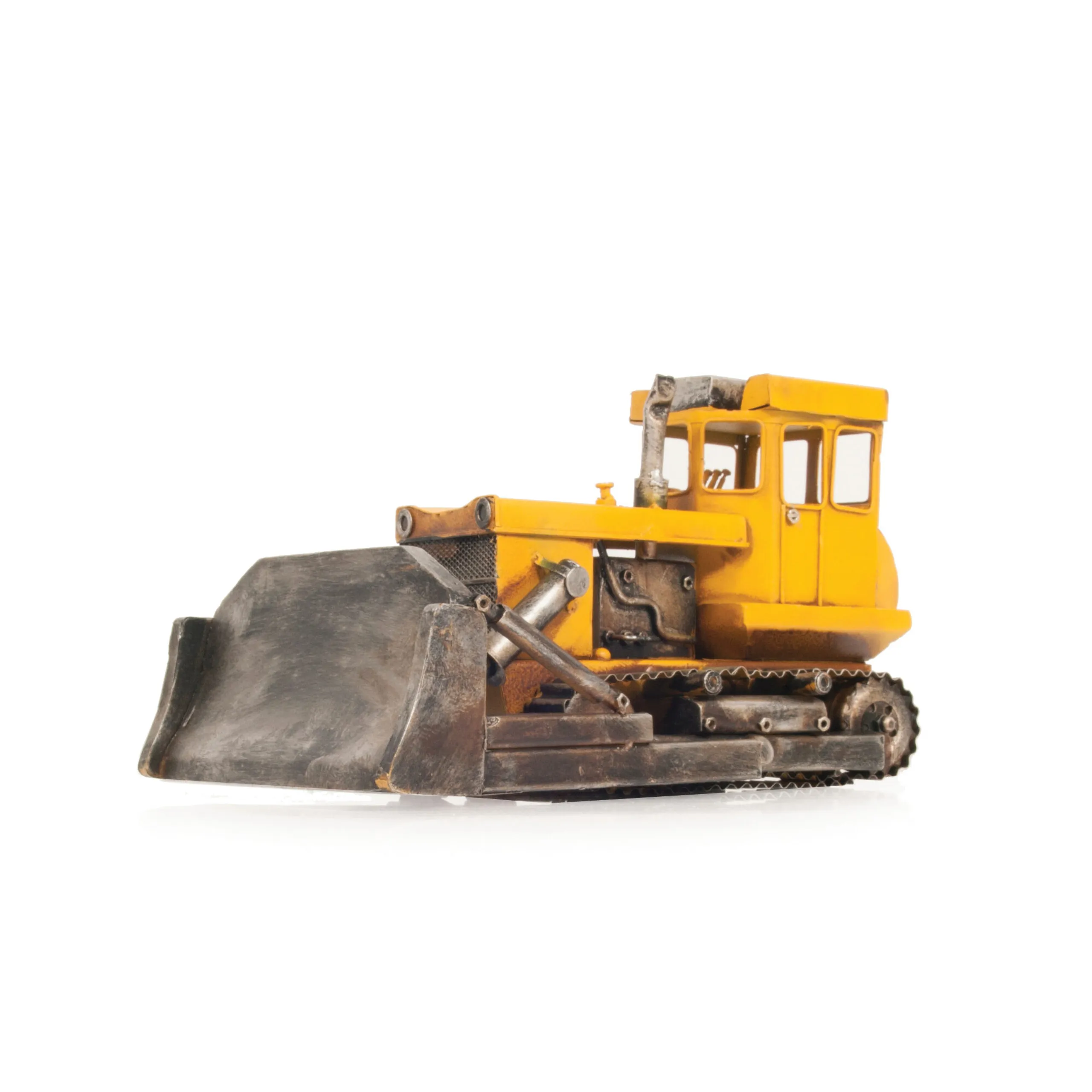
Scale accuracy is a critical aspect of construction diecast models, defining the proportional relationship between the miniature replica and the actual machine. Common scales, such as 1:50, 1:25, and 1:87 (HO scale), dictate the size of the model relative to the original. Manufacturers strive to adhere to these scales rigorously, ensuring that all components and dimensions are proportionally correct. This precision allows collectors to display models from different manufacturers and still have a visually consistent collection. It enhances the realism and allows enthusiasts to visualize how the models compare in size to each other and the real machinery. The consistent scaling ensures that the models are not only accurate representations but also aesthetically pleasing and suitable for creating realistic dioramas and displays. Scale accuracy is a testament to the model makers’ commitment to authenticity and realism.
Durability and Robustness
Construction diecast models are known for their durability and robustness, designed to withstand handling, display, and even occasional ‘play’ by collectors of all ages. The use of high-quality materials, primarily die-cast metal, contributes significantly to their resilience. Die-cast metal, a process where molten metal is injected into molds, provides both weight and strength, preventing damage from drops or impacts. Models are often coated with durable paints and finishes that resist chipping and fading. The joints, hinges, and moving parts are constructed to withstand repeated use without breaking down. This robust construction makes them long-lasting collectibles, capable of retaining their value over time. It’s one of the key factors why these models can be treasured for generations, passed down as heirlooms to future enthusiasts.
Material Quality
Material quality is paramount in determining the overall value, durability, and aesthetic appeal of construction diecast models. The primary material, die-cast metal, is chosen for its strength, weight, and ability to capture fine details. High-quality die-cast models use premium alloys that resist corrosion and retain their luster over time. Beyond the metal components, the plastic parts, such as windows, tires, and interior elements, are also selected for their quality and durability. The paints and coatings used are applied with precision and are chosen for their resistance to fading, chipping, and environmental damage. Attention to material quality is what sets apart the best models, ensuring they retain their value and appeal through years of display and handling.
Metal vs. Plastic Construction
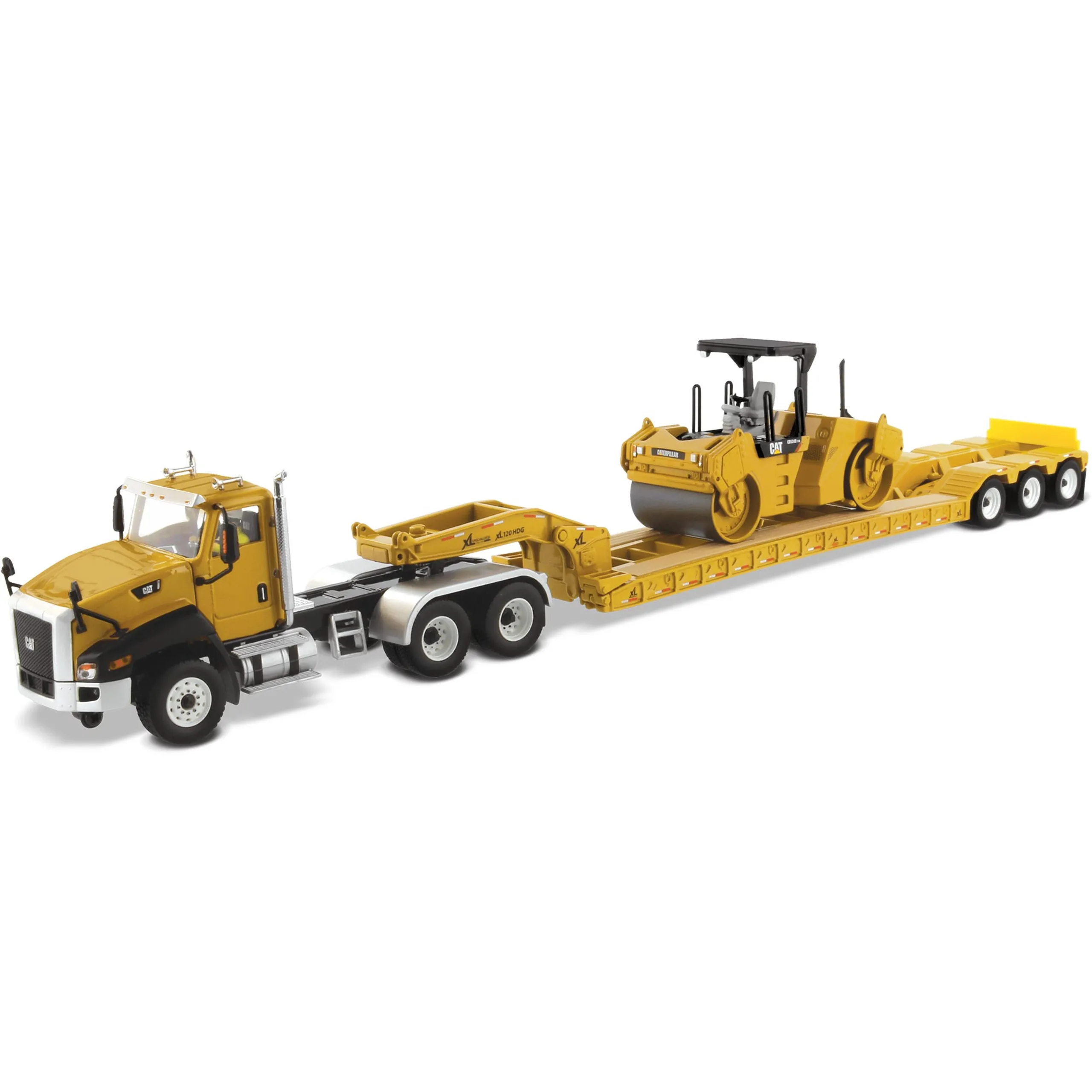
The construction of construction diecast models generally involves a combination of materials, with die-cast metal forming the core structure and plastic elements providing details and functionality. Metal components, typically made from zinc alloys, provide the model’s weight and structural integrity. Plastic parts are used for components that require flexibility or intricate detailing. The choice between metal and plastic varies depending on the model’s purpose and design. High-end models often feature a higher proportion of metal for increased weight and realism, while plastic is used to add fine details and movable components. The balance between metal and plastic reflects the model’s overall quality, influencing its durability, appearance, and collectibility.
Functionality and Movable Parts
Many construction diecast models are designed with functional and movable parts, adding to their realism and playability. These features can include articulated booms and arms on excavators and cranes, steerable wheels on trucks and graders, and opening doors and hatches. These movable parts enable collectors to simulate various construction tasks, enhancing the model’s interactive appeal. The ability to pose the model in different positions makes them more dynamic and engaging for display. The functionality of these features adds to the investment value and the overall enjoyment of owning such models. These working elements make the model more than a static display piece and gives a glimpse of real-world construction machinery.
Limited Editions and Collectibility
The collectibility of construction diecast models is significantly enhanced by the availability of limited editions and special releases. Manufacturers often produce a limited number of specific models, sometimes with unique paint schemes, features, or markings. These limited editions are highly sought after by collectors, driving up their value and making them a wise investment. Special editions commemorate events, anniversaries, or partnerships, adding a layer of exclusivity. The scarcity of these models creates a vibrant secondary market, where collectors compete for the opportunity to own these rare pieces. This element of rarity adds to the overall appeal, making these models an appealing hobby for those interested in construction diecast models.
Historical Significance
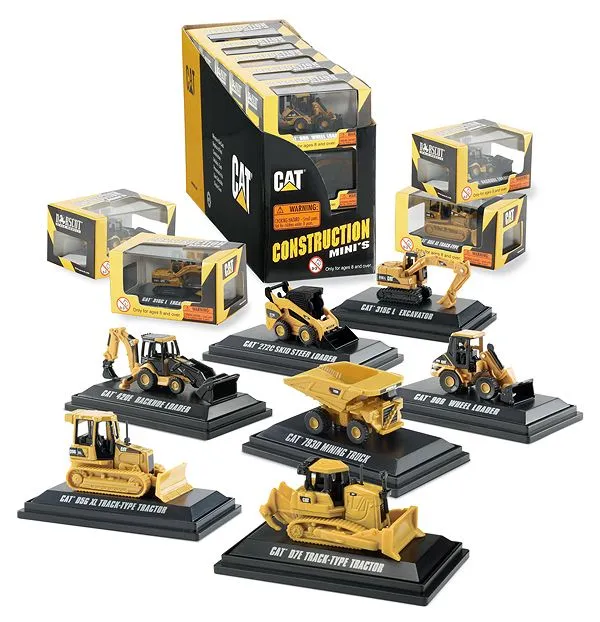
Construction diecast models often represent iconic and historical construction equipment, reflecting the evolution of engineering and machinery over time. These models allow collectors to own tangible pieces of history, offering a visual representation of the advancements and innovations in construction. Models representing classic equipment from earlier eras are highly valued, as are replicas of machines that played a crucial role in significant construction projects. The historical significance of these models makes them more than just collectibles; they are artifacts that connect enthusiasts to the past. They can serve as a reminder of important technological and engineering milestones, and each model tells a story, creating a rich history.
Display and Presentation
Construction diecast models are often displayed as part of a larger collection, in dedicated display cases, or as part of dioramas. Proper display enhances their visual appeal and protects them from dust and damage. Display cases can provide an organized way to showcase a collection and keep the models safe. Dioramas offer a way to create realistic scenes, with landscaping, buildings, and other elements that enhance the models’ context. Lighting, backdrops, and other presentation methods can highlight the intricate details and the overall aesthetic. Whether displayed individually or as part of a larger collection, proper presentation is key to celebrating the beauty and craftsmanship of these models. They can be an engaging focal point for a room, showcasing a passion for construction machinery.
Investment Value
Construction diecast models, particularly limited editions and rare pieces, can represent a solid investment for collectors. The demand for these models, combined with their limited availability, can cause their value to increase over time. Factors such as brand, scale, condition, and historical significance all contribute to their value. Properly maintained models, in their original packaging, tend to appreciate more significantly. As the hobby gains popularity, the prices of these models may continue to rise. Investing in construction diecast models offers the dual benefit of enjoying a hobby and potentially realizing a financial return, making them an attractive option for both enthusiasts and investors. Researching and understanding the market, the rarity, and the condition of each model is crucial for making informed investment decisions.
Where to buy construction diecast models
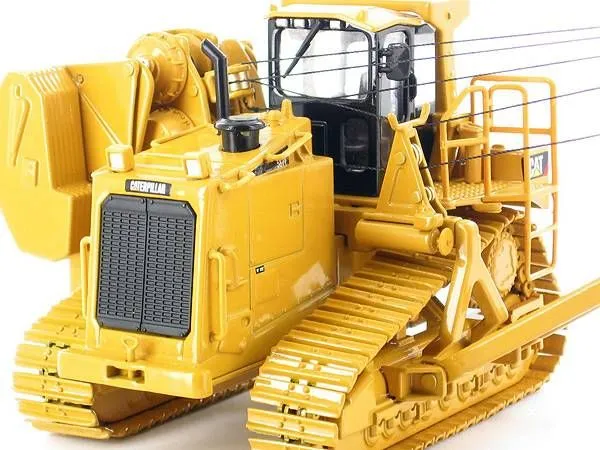
Construction diecast models are available in a variety of places, both online and in physical stores. Specialty diecast model shops, online marketplaces (eBay, etc.), and online retailers are the primary sources. When buying online, always check the seller’s reputation and reviews. Physical stores may offer the advantage of seeing and handling the model before purchasing it. Attending model shows and conventions can be a great way to find rare models. Consider the model’s condition, the seller’s reputation, and the price. Prices vary widely based on the model’s brand, rarity, and condition. It’s important to compare prices from different sources before making a purchase. Always factor in shipping costs and any import duties or taxes, especially when buying from international sellers. Finally, consider joining a diecast model collectors’ club to get advice, and to connect with other enthusiasts.
In conclusion, construction diecast models provide a captivating hobby for both construction enthusiasts and collectors. They are a miniature world of precision engineering, offering both visual appeal and historical significance. From the intricate details and functionality to the collectible nature of limited editions, construction diecast models provide a fascinating hobby that combines appreciation for craftsmanship and a love for construction machinery. The next time you see one, take a moment to appreciate all the fine details and the passion behind these small but detailed models.
